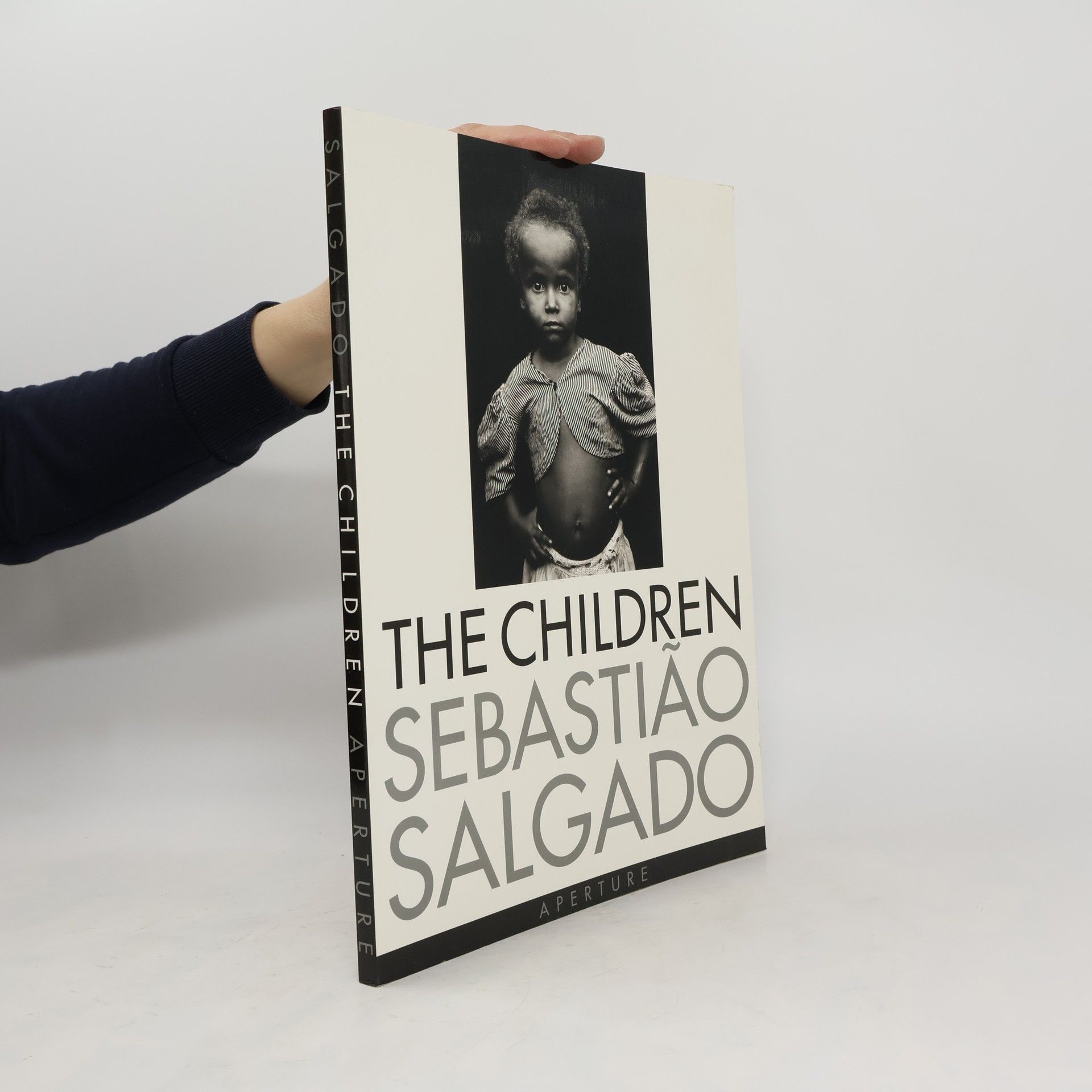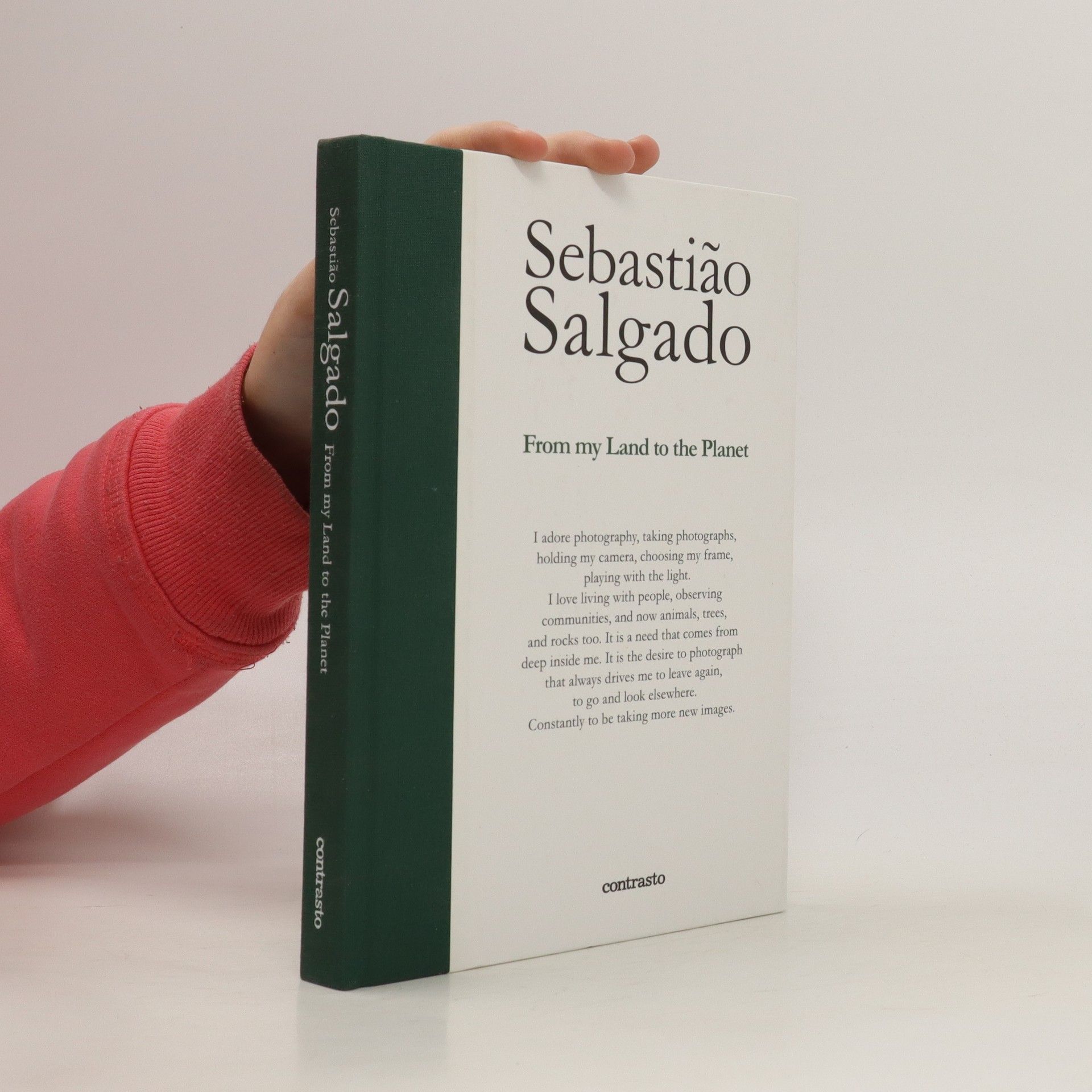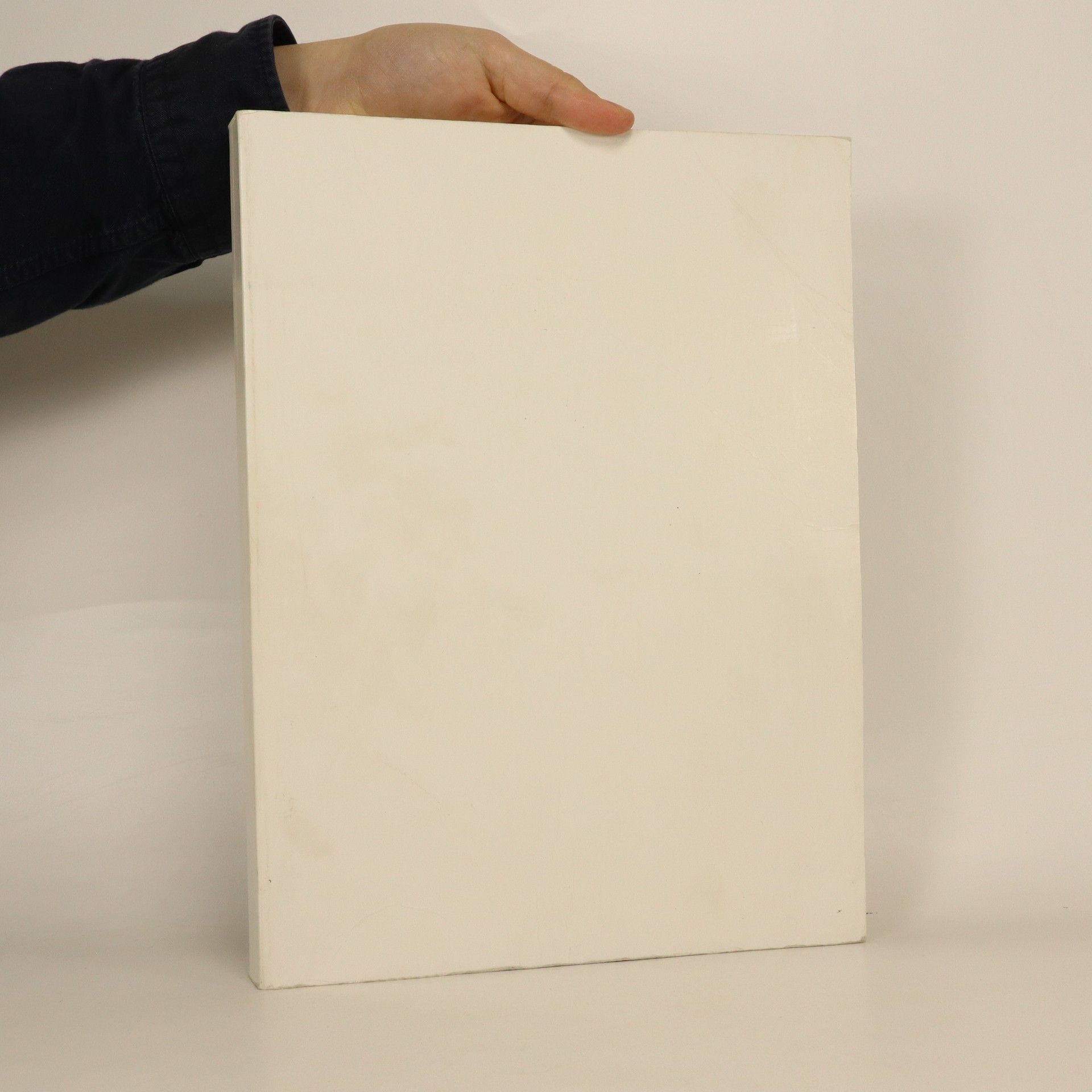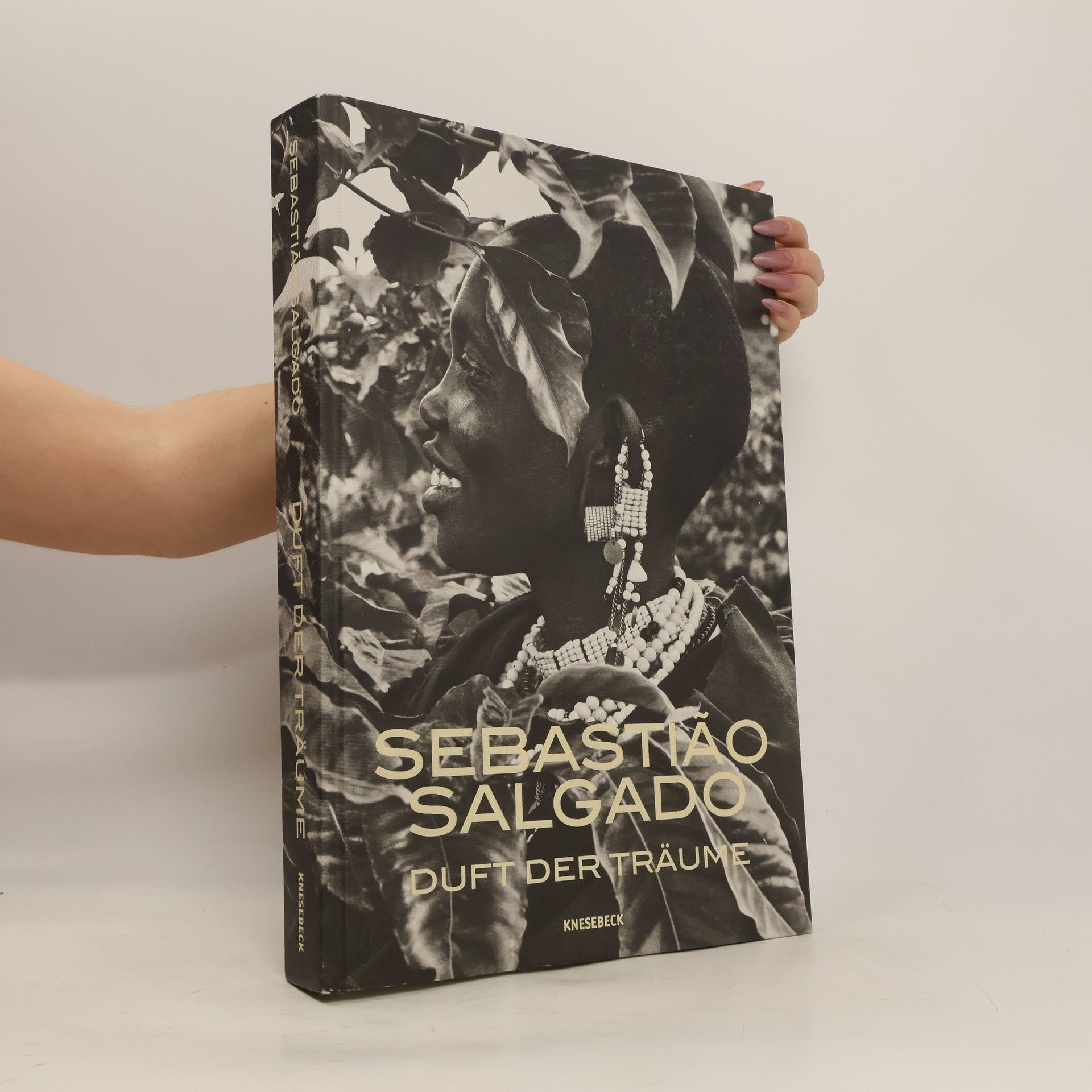Sebastiao Salgado: From My Land to the Planet
- 176 pages
- 7 hours of reading
Sebastião Salgado's work captures the essence of humanity through striking black and white portraits of workers and refugees, culminating in his Genesis project that showcases untouched natural landscapes. With a blend of storytelling and personal reflection, he shares his journey and beliefs, revealing the emotional depth behind his photography. The book offers a glimpse into diverse global narratives, from Africa to the Americas, and highlights significant initiatives like Instituto Terra and Magnum Photos, illustrating the intersection of art, activism, and compassion.









